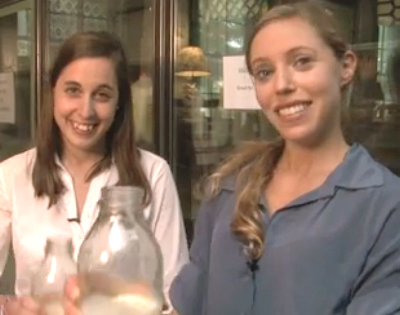This lesson introduces students to the “Tragedy of the Commons,” an extended metaphor for problems of shared environmental or man-made resources that are overused and eventually depleted. In this metaphor, shared resources are compared to a common grazing pasture, or “commons,” on which any dairy farmer can graze as many cows as he/she wishes. If too many cows are added to the commons, they will overeat the grass in the pasture and the shared resource will become depleted – a disadvantage to everyone. In this lesson, students will be inspired to think about possible solutions to this problem. To get there, they will use basic math to frame the problem and will discover how useful this can be in considering consequences of various actions. Most importantly, they will become comfortable with the concept of problems of shared resources – and will learn to recognize, and seek out, examples all around them. An exposure to algebra 1 and basic functions is the only math prerequisite necessary. The lesson will take around 50 minutes to complete and the required materials for this lesson are paper and pens or pencils, as well as some sort of prize to provide the winning team with in the final activity. For all five activities, students are asked to work in groups of 4, but groups of 3 or 5 would also be okay. Students will work with their groups to discuss the logic behind the tragedy of the commons, to consider some options for preventing this tragedy and to examine examples of problems of shared resources that are relevant to them. They will also come up with functions that fit behavior described in the video, and be asked to think about the behavior of functions provided in the video and accompanying materials.

This lesson has accompanying animations that allows students to explore the “Tragedy of the Common" problem in depth, most likely at home on a computer:
https://blossoms.mit.edu/legacy/tragedy/index.htm
https://scratch.mit.edu/projects/117784328/
https://www.slnova.org/jpickle/projects/9226/


